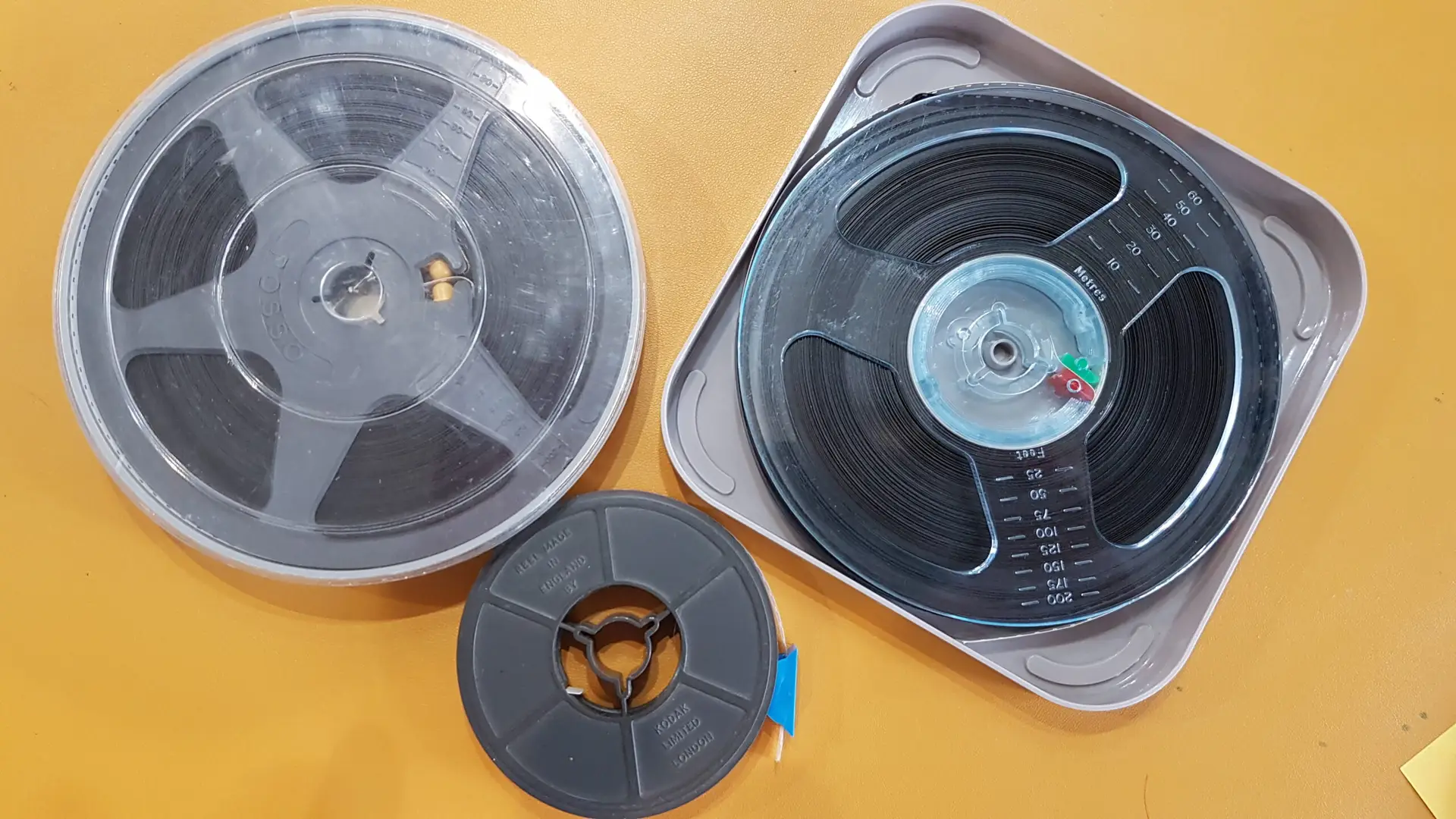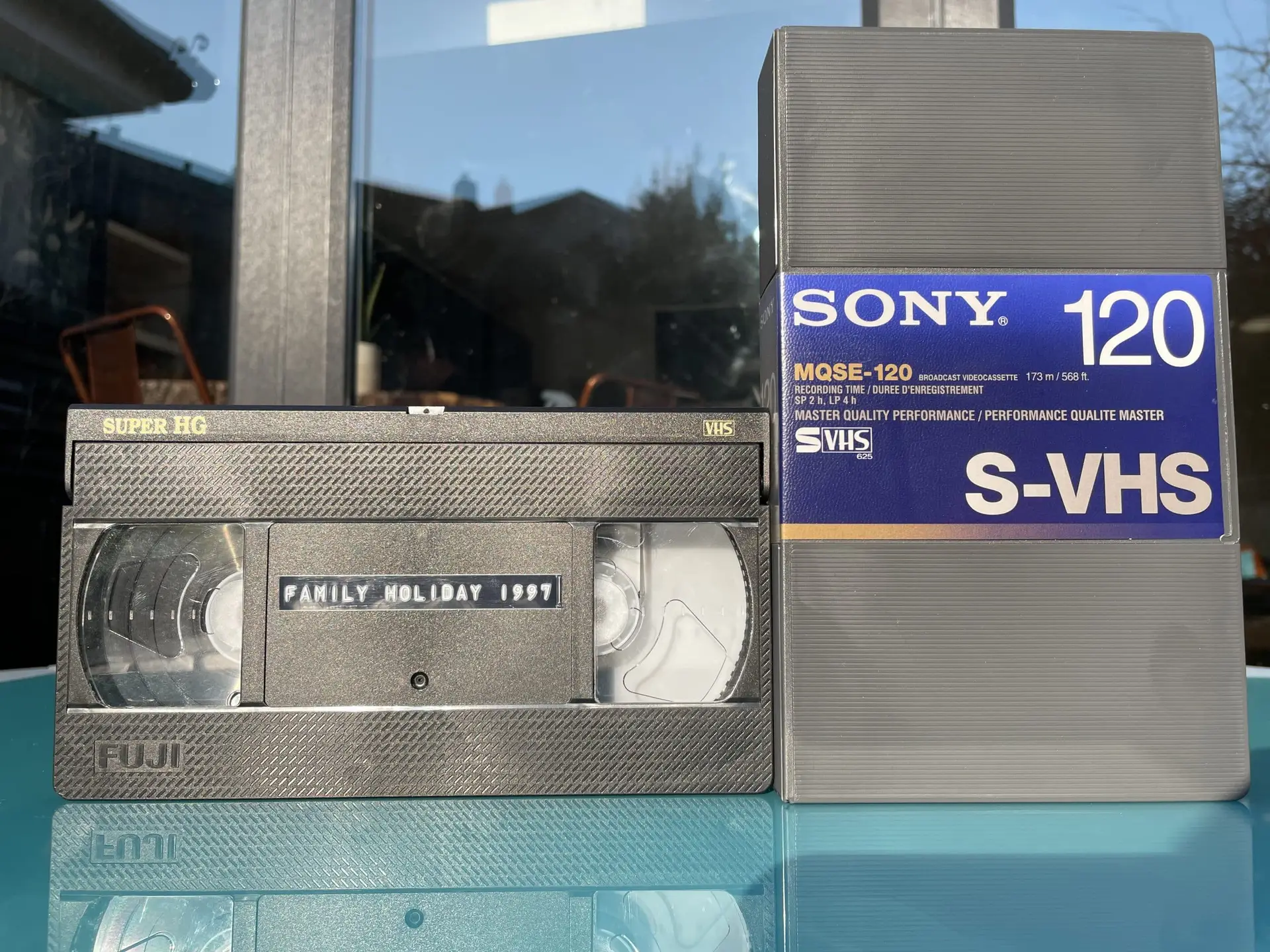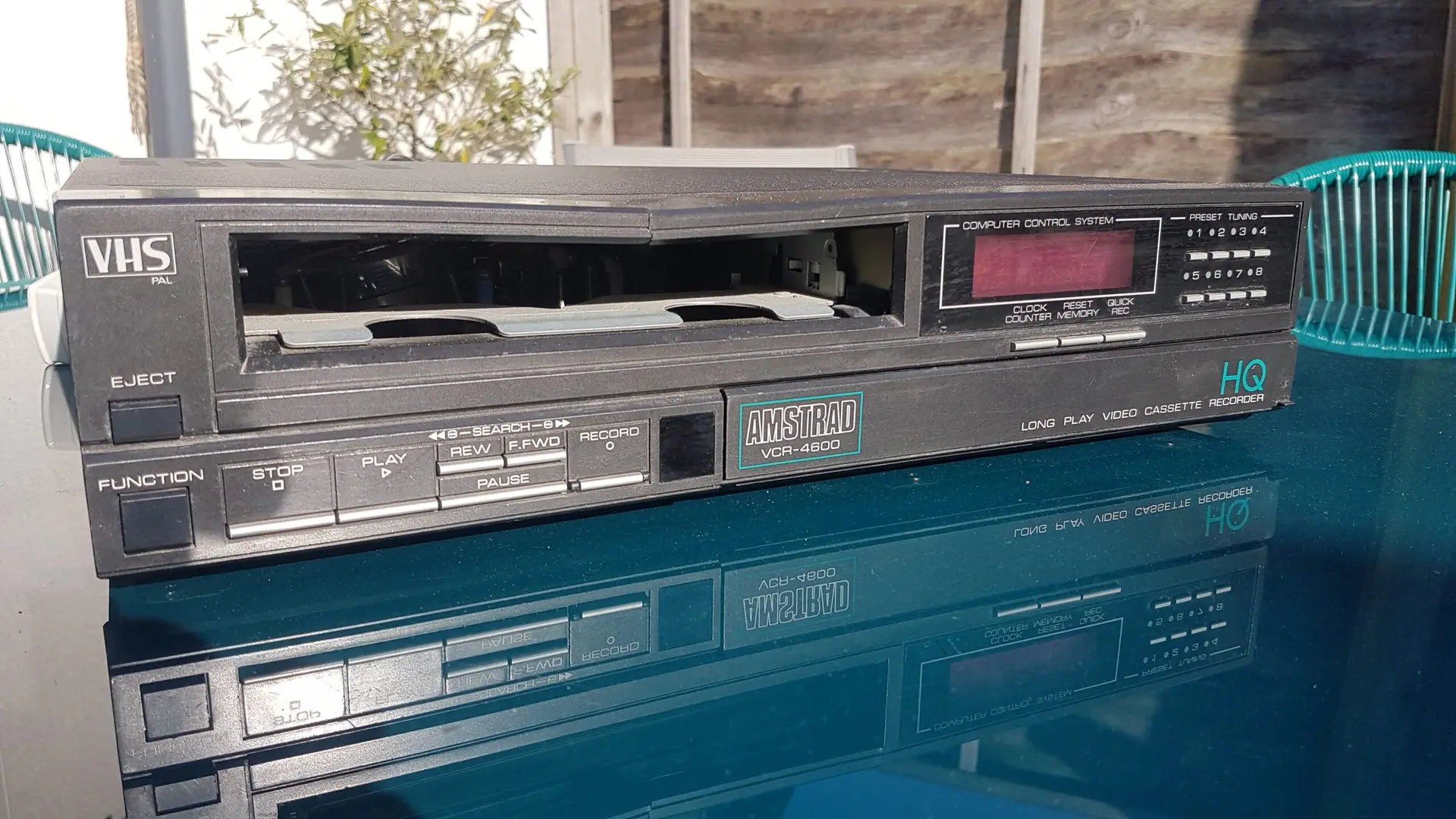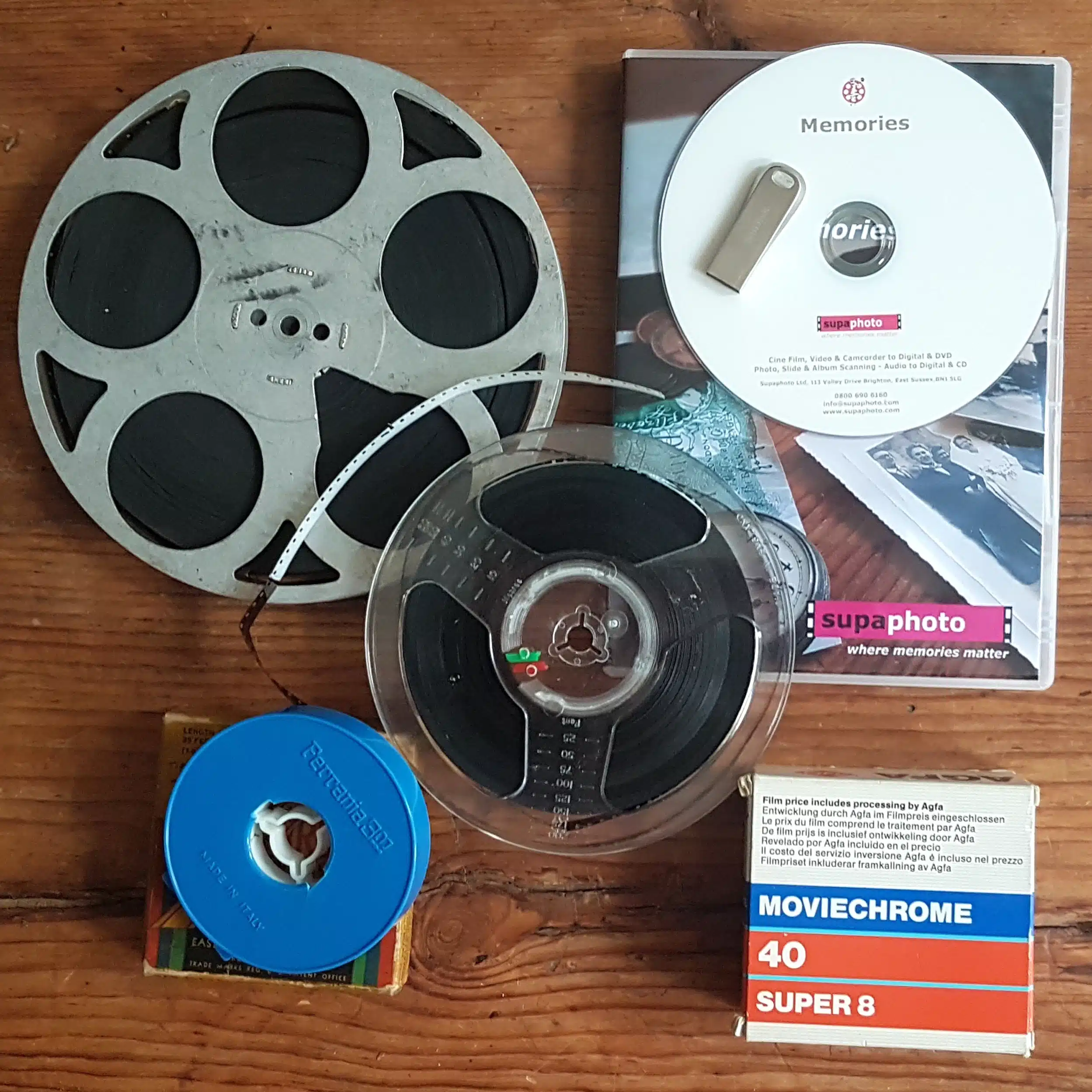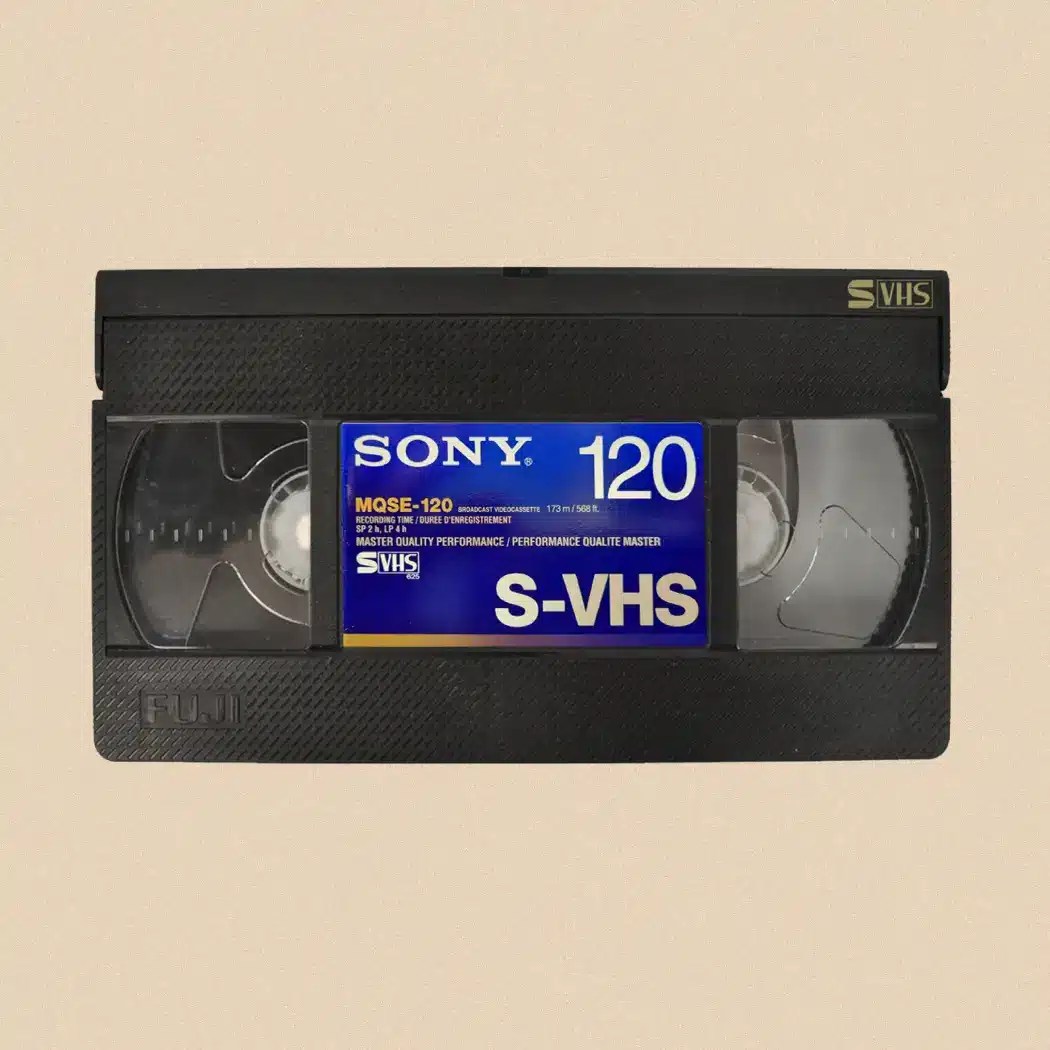Cine film has a rich history in the world of filmmaking, capturing moments and stories on celluloid. As technology has evolved, so have the formats of cine film. Converting cine film to digital formats allows for preservation, restoration, and easier accessibility. Here’s a guide to different cine film formats and the pros and cons of converting them to digital:

1. 8mm Film:
Format Overview:
8mm film was popularised in the mid-20th century for home movies. It comes in two main types: Regular 8mm (Double 8) and Super 8.
8mm and Super 8 are two distinct film formats, each with its own characteristics. Here are the main differences between 8mm and Super 8 film:
a) Film Width:
8mm Film: Also known as Regular 8 or Double 8, this film is 8mm wide. The film is loaded into the camera, exposing one half of the film at a time. After the first half is exposed, the film is flipped and the second half is exposed.
Super 8 Film: Super 8 film is also 8mm wide, but it differs in design. It has smaller sprocket holes along one edge, allowing for a larger image area. Super 8 is a single-strip format, meaning the entire film is exposed in one pass through the camera.
Perforation Size:
8mm Film: Regular 8 has larger perforations along both edges of the film.
Super 8 Film: Super 8 has smaller perforations along one edge of the film, leaving more space for the image.
b) Image Area:
8mm Film: The image area on Regular 8 film is smaller due to the larger perforations, resulting in a smaller frame size.
Super 8 Film: Super 8’s smaller perforations allow for a larger image area, providing better image quality and resolution compared to Regular 8.
c) Cartridge Design:
8mm Film: Regular 8 film is typically supplied in spools and loaded into reusable cartridges by the user.
Super 8 Film: Super 8 film is supplied in a cartridge that is easy to load and unload. The cartridge design simplifies the film-handling process and reduces the risk of light leaks.
d) Sound Recording:
8mm Film: Regular 8 film does not have a built-in sound stripe. If sound was recorded, it was often done separately and synchronised during editing.
Super 8 Film: Super 8 cartridges often have a magnetic stripe on one side for recording sound. This allowed for synchronised sound recording and playback when projected.
e) Availability:
8mm Film: Regular 8mm film was popular from the 1930s to the 1960s but has become less common. Finding new stock can be challenging, and processing services may be limited.
Super 8 Film: Super 8 gained popularity in the 1960s and is more widely available. It remained in use for home movies and even some professional applications. Super 8 film stock and processing services are generally more accessible.
Understanding these differences is crucial for anyone working with or looking to convert old film footage. The choice between 8mm and Super 8 often depends on personal preferences, equipment availability, and the desired level of image quality.
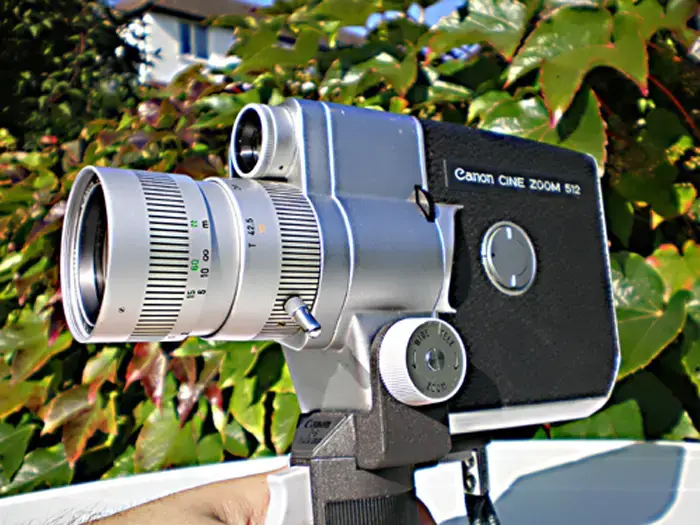
Cine Film Conversion Options:
Digital Formats: MP4, AVI, MOV.
Resolution: Typically up to 2K.
Pros: Widely used for home movies & affordable conversion options.
Cons: Limited resolution compared to larger formats.
2. 16mm Film:
Format Overview: 16mm film is a professional and amateur film format used for various purposes, from documentaries to educational films.
a) Film Width:
16mm film is 16 millimetres (approximately 0.63 inches) wide.
b) Frame Size:
The frame size of each individual frame on 16mm film is smaller compared to 35mm film. The standard frame size for 16mm film is 10.26 mm x 7.49 mm.
c) Perforations:
16mm film typically has perforations along both edges, commonly referred to as double perforations. The perforations are used for film transport through cameras and projectors.
d) Available Types:
There are various types of 16mm film, including reversal film (for direct projection), negative film (for making positive prints), and colour and black-and-white options.
e) Sound Options:
16mm film can be used with both silent and sound recording. Soundtracks can be optical or magnetic, depending on the specific film stock.
e) Usage:
16mm film was widely used for educational films, industrial films, newsreels, and documentaries. It provided a more affordable alternative to 35mm film, making it accessible to a broader range of filmmakers.
f) Professional and Amateur Use:
While initially designed for amateur use, 16mm film gained popularity in professional settings, including documentary filmmaking. Some notable filmmakers, such as Steven Spielberg, began their careers shooting on 16mm.
g) Conversion Options:
Digital Formats: ProRes, AVI, MOV.
Resolution: Up to 4K.
Pros: Better image quality compared to 8mm and suitable for archival purposes.
Cons: Larger file sizes compared to 8mm.
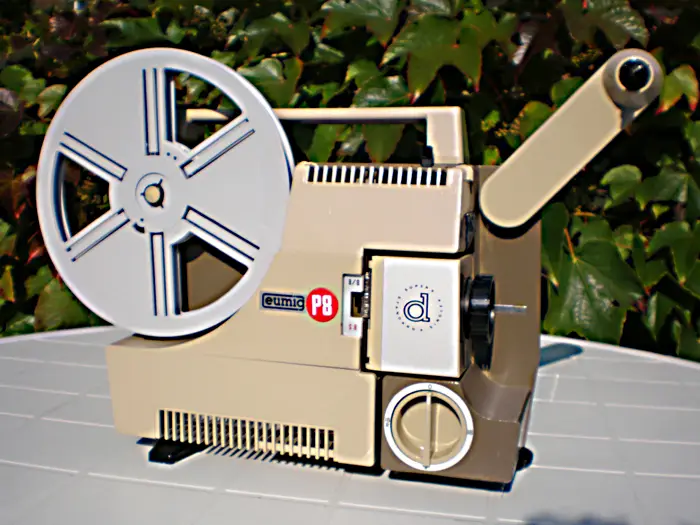
3. 35mm Film:
a) Format Overview:
35mm film is a standard format in the film industry, used for both motion pictures and still photography.
b) Conversion Options:
Digital Formats: DPX, TIFF, ProRes.
Resolution: Up to 6K or higher.
Pros: High resolution and image clarity and ideal for professional film restoration.
Cons: Expensive conversion process.
4. Pros and Cons of Cine Film Conversion:
Pros:
Digital conversion helps preserve cine film, preventing deterioration over time.
Digital formats are easily shareable and can be played on modern devices.
Digital conversion allows for restoration and enhancement of image quality.
Cons:
Cost can’t be ignored but at the end of the day it’s a price worth paying for safeguarding those films.
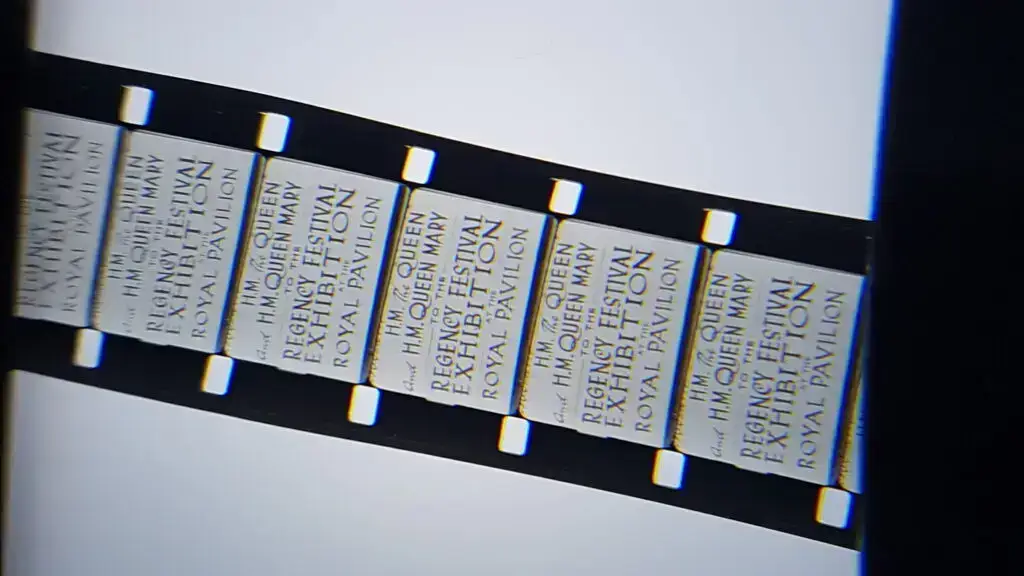
5. Tips for Choosing a Conversion Service:
Quality Assurance: Ensure the conversion service provides high-resolution and quality outputs.
Format Options: Choose a service that offers various digital formats to suit your needs.
Review Samples: Look for conversion services that provide sample clips or images for review before committing.
In conclusion, understanding the cine film format and carefully considering conversion options can help preserve precious memories and cinematic works for future generations. The choice between formats and conversion processes should be based on the specific goals, budget, and desired outcome for each project.


